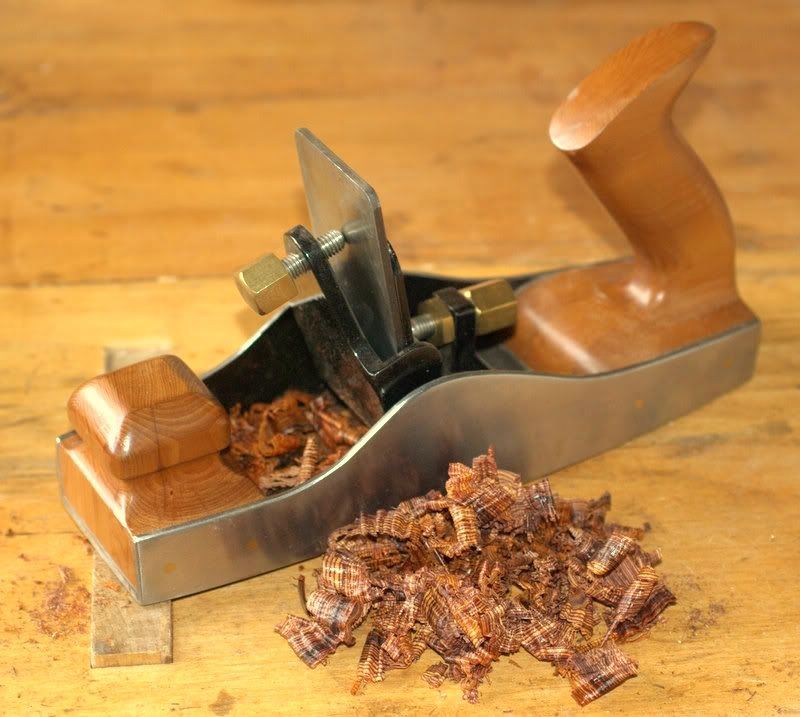I was wondering about scraper planes because given that smoothers and hand scrapers exist, one could almost think that they would be superfluous to requirements.
Has anybody bought one and regretted it or is there anybody who simply wouldn't be without one? Are they actually better than scrapers and do they really add much to the surface produced by a smoother?
Has anybody bought one and regretted it or is there anybody who simply wouldn't be without one? Are they actually better than scrapers and do they really add much to the surface produced by a smoother?








